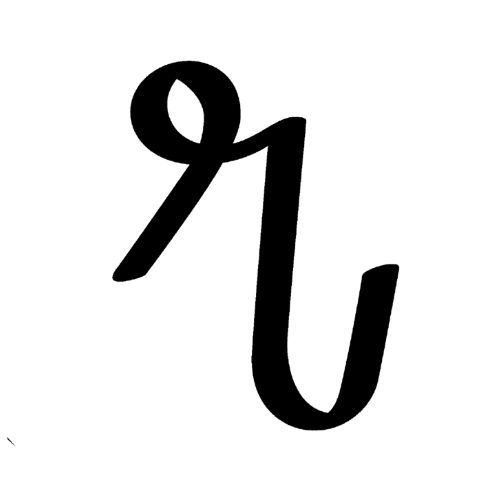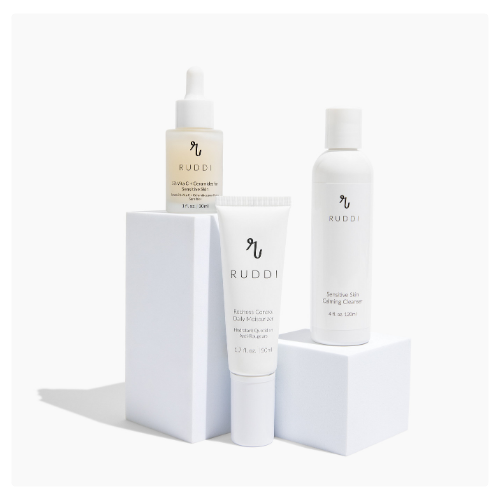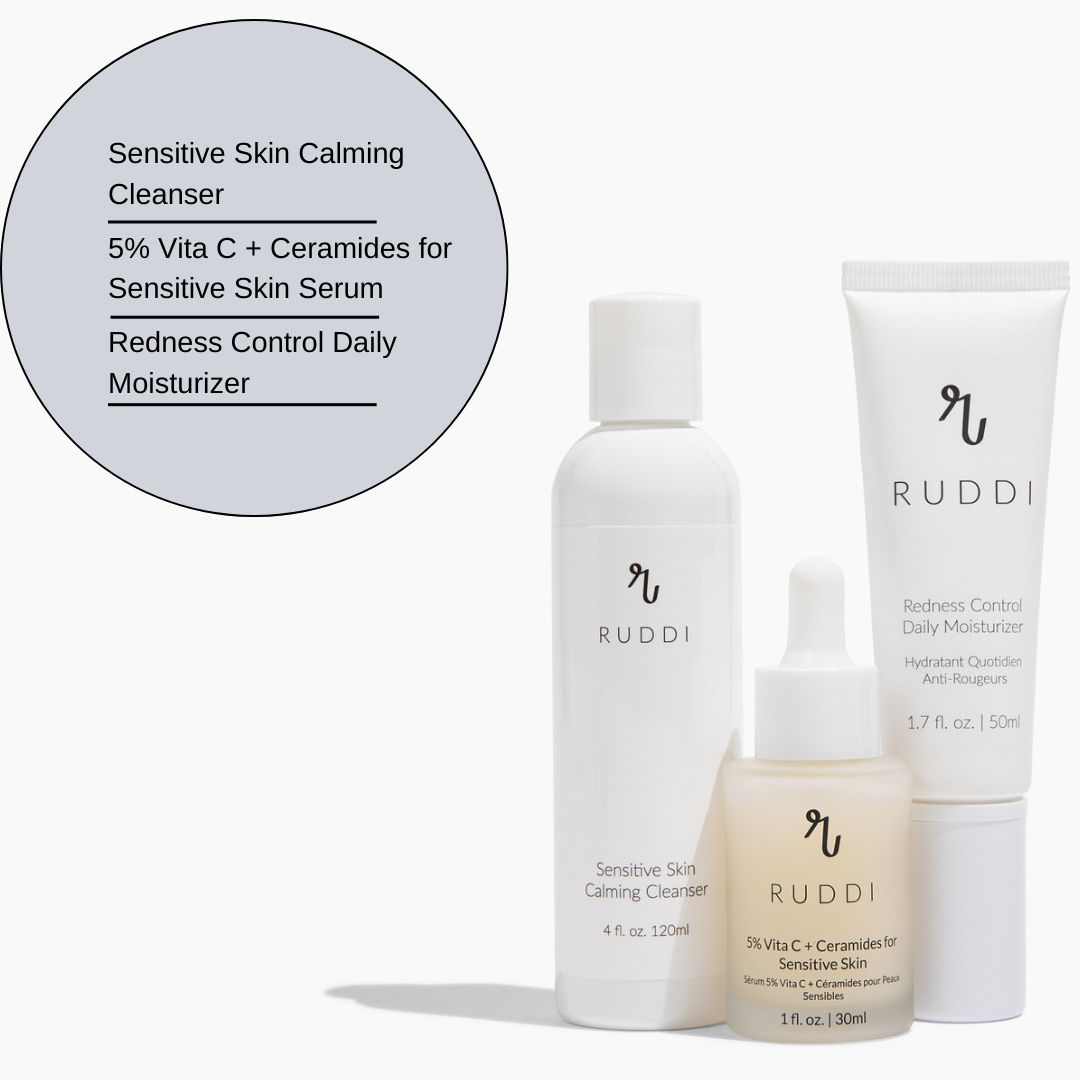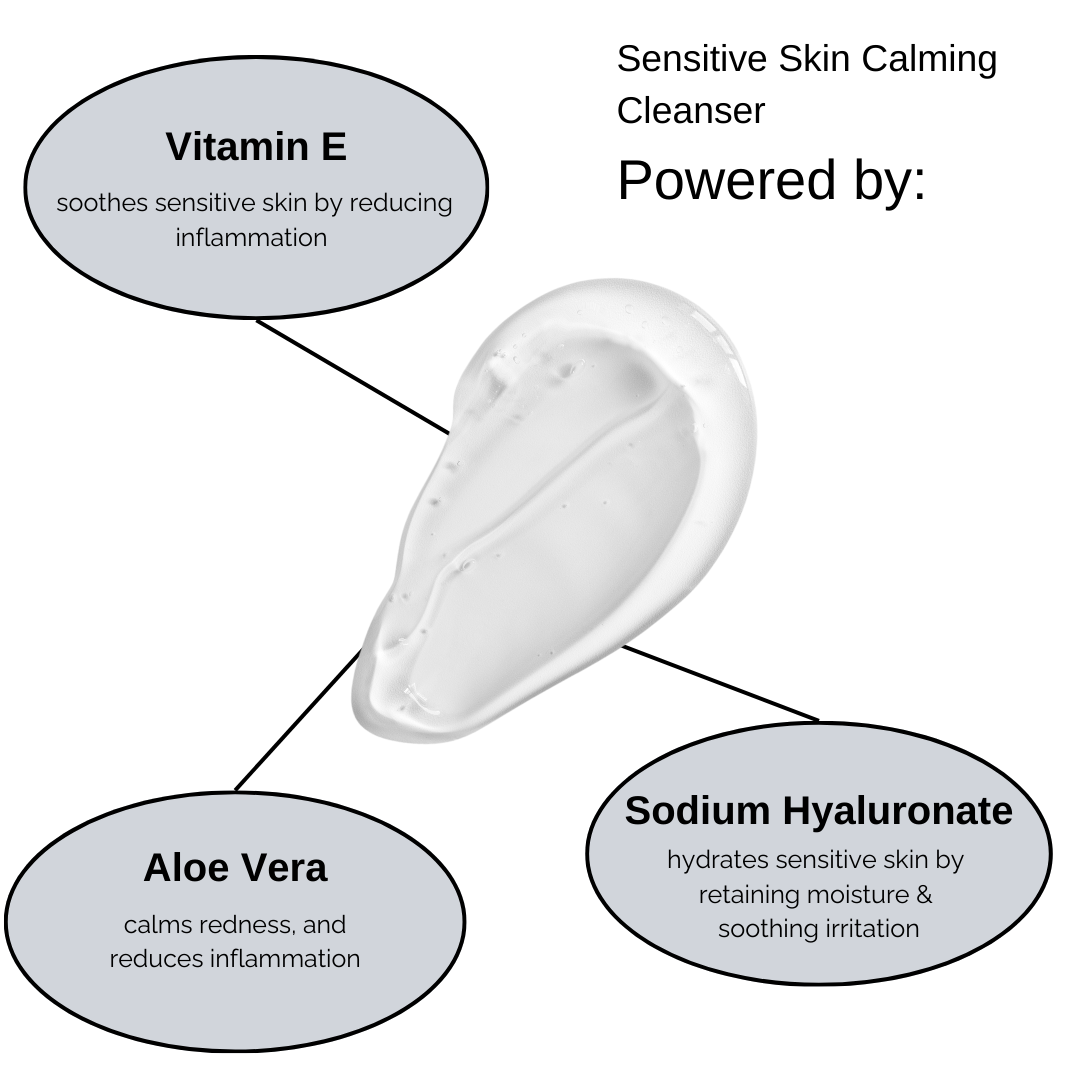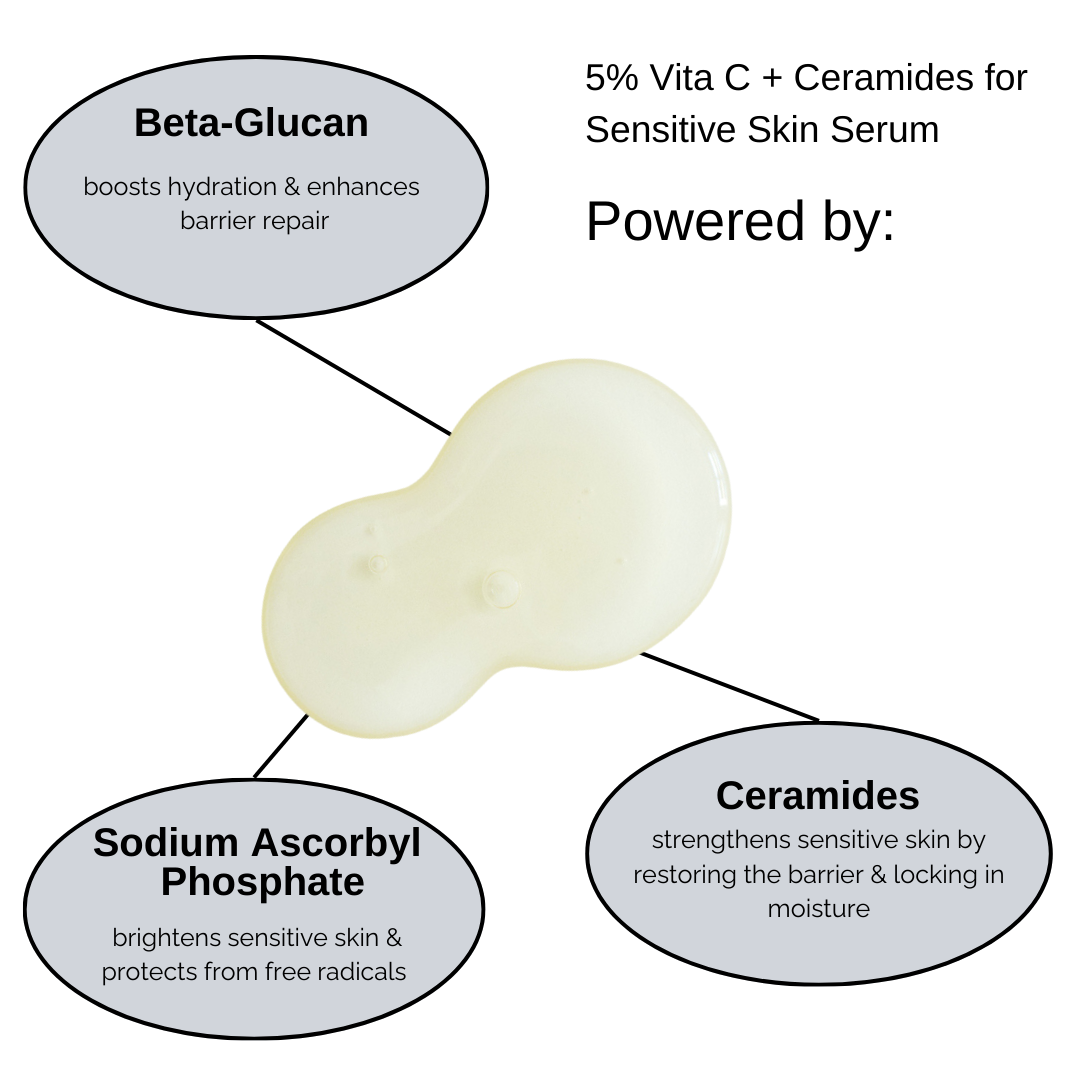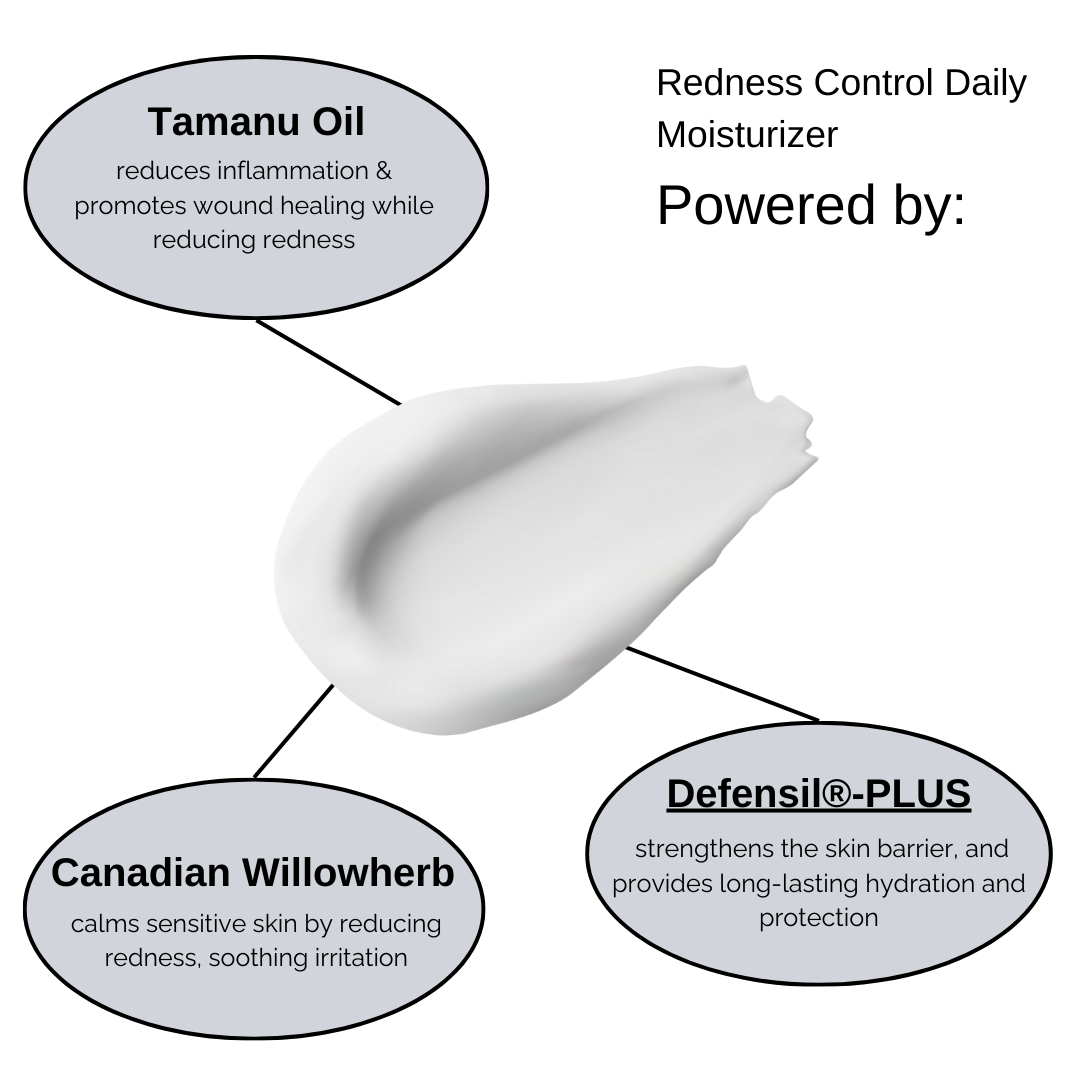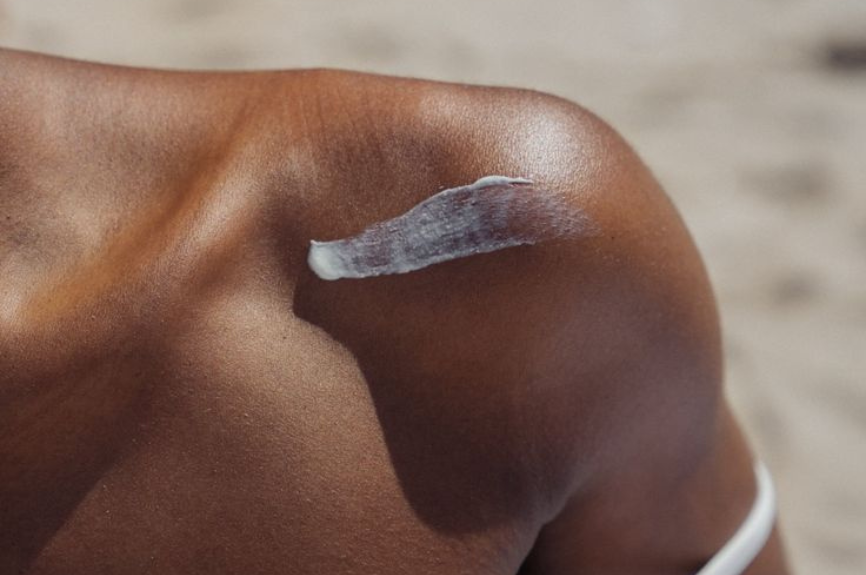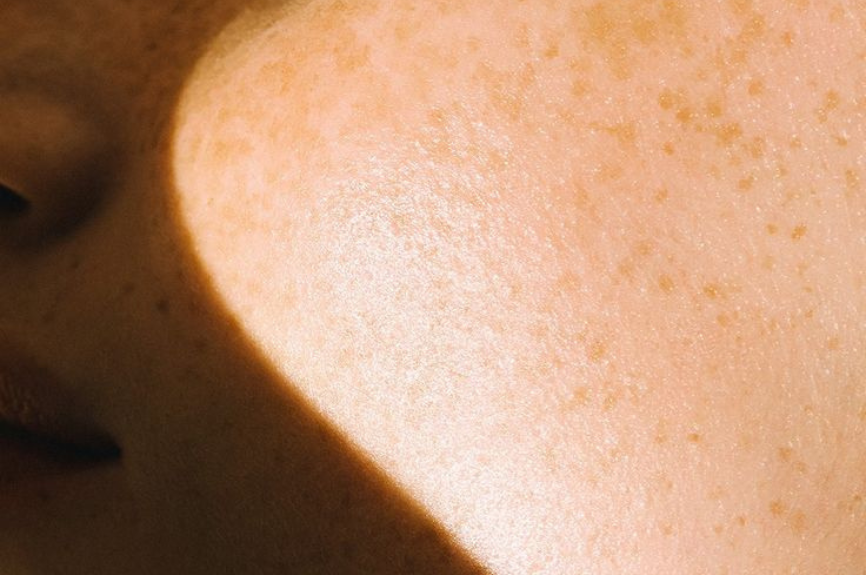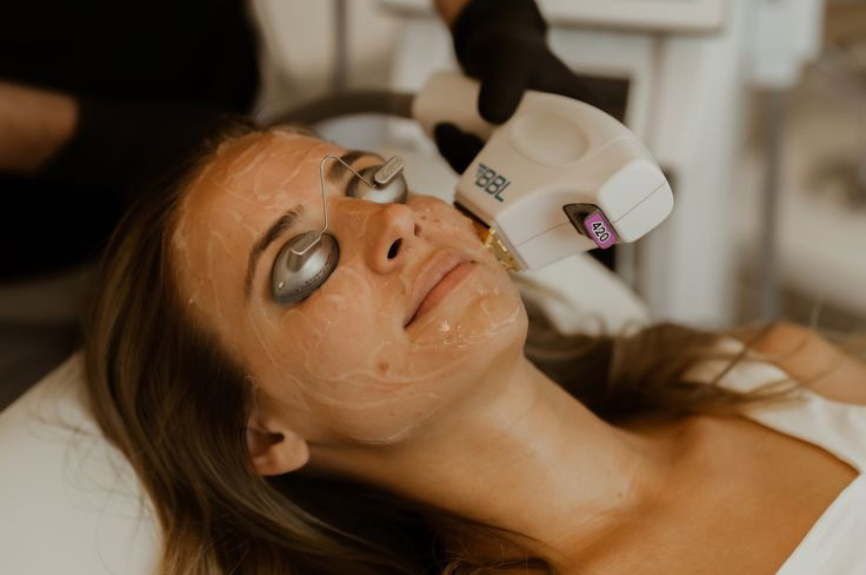
The Latest in Rosacea Care: Light and Laser Treatments
The world of non-drug and procedural treatments has advanced dramatically. Today, light-based therapies — from in-clinic lasers to at-home red-light devices — are helping calm skin, reduce redness, and restore confidence.Let’s break down what’s new and what really works.
Laser & Light Therapies: Beyond Creams and Prescriptions
Lasers and light-based treatments target what topical products can’t reach — the tiny blood vessels and inflammation that drive visible redness in rosacea. These technologies use controlled light energy to gently collapse overactive vessels, reduce flushing, and improve skin tone.Here are the main types you might hear about:
- Pulsed Dye Laser (PDL)
One of the gold standards for treating rosacea redness, PDL emits a yellow light that’s absorbed by blood vessels just beneath the skin. Over a few sessions, it can dramatically reduce persistent redness and visible veins with minimal downtime.
- Nd:YAG Laser
A deeper-penetrating laser that targets more stubborn or deeper vessels. It’s often used when redness or flushing extends beyond the surface, helping to smooth tone and improve circulation.
- Intense Pulsed Light (IPL)
Technically not a laser but a broad-spectrum light treatment, IPL is popular for its versatility. It helps fade redness, calm inflammation, and even improves overall brightness and skin texture.
- CO₂ and Er:YAG Lasers
For those with more advanced rosacea that causes thickening or texture changes — particularly around the nose — these resurfacing lasers help smooth and refine skin. They’re more intensive but can deliver transformative results.
At-Home Innovation: The Rise of Red-Light Therapy
While clinical lasers require professional care, LED and red-light devices are bringing gentle, supportive options into your home routine.
Red-light therapy uses specific wavelengths (typically between 633–850 nm) to calm inflammation, support barrier repair, and boost circulation — all vital for rosacea-prone skin.
At RUDDI, we love seeing innovations like the KALA Red Light Face Mask and KALA Red Light Pro Panel, which offer medical-grade LED technology in beautifully designed, easy-to-use formats.
- The KALA Face Mask delivers red, blue, and near-infrared light to help reduce redness, even tone, and support healing — perfect for those with sensitivity or mild rosacea.
- The KALA Pro Panel provides a larger treatment area, combining red and near-infrared light to promote overall skin wellness and recovery.
These devices aren’t replacements for dermatological care but can be powerful additions — helping maintain results between laser sessions or simply soothing flare-prone skin at home.
What You Should Know Before You Try Light Therapy
- Consult first. Always start with a professional assessment to confirm your rosacea type and what treatments are appropriate.
- Consistency matters. Light-based treatments usually require multiple sessions for visible results.
- Protect your results. Sun protection and barrier-supportive skincare are essential after any light treatment.
- Pair smartly. Combining dermatologist treatments with gentle, non-irritating skincare (and perhaps red-light therapy at home) offers the best long-term outcomes.
Rosacea care is no longer limited to prescriptions and avoiding triggers. With today’s laser, IPL, and red-light technologies, there are more ways than ever to reduce redness, calm irritation, and strengthen skin from within.
Whether you’re exploring in-clinic options or incorporating at-home devices like a Red Light Face Mask or Pro Panel, these advances empower you to take a more personalized, effective approach to rosacea care — one that supports your skin’s health and your confidence.
